Here’s a sobering reality: Companies spent $180 billion on cybersecurity tools in 2023, yet breaches increased by 72%.
The problem isn’t the tools—it’s the chaos.
The Tool Sprawl Crisis
The average enterprise now runs 76 different security solutions. According to Panaseer’s research, this represents a 19% increase over just two years, driven by cloud migration and remote work demands.
But here’s where it gets worse. SiliconANGLE reports that some estimates place enterprise security portfolios at between 70 and 90 tools, with 51% of organizations planning to add even more providers in the next 12 months.
Each tool:
- Generates its own alerts
- Requires specialized expertise
- Operates in isolation
- Creates another potential vulnerability
The Real Cost of Chaos
While global cybersecurity spending reached $80 billion in 2023 and is projected to exceed $87 billion in 2024, the return on this massive investment remains questionable.
Consider these alarming statistics:
- IBM’s 2024 Cost of a Data Breach report reveals the global average breach cost hit $4.88 million—a 10% increase and the highest total ever
- Cybercrime costs are projected to reach $10.5 trillion annually by 2025
- Healthcare breaches alone averaged $10.93 million per incident in 2023
The paradox is clear: we’re spending more than ever on security, yet we’re less secure than before.
Why Tool Sprawl Fails
Recent research from Barracuda Networks found that 65% of IT and security professionals say their organizations are juggling too many security tools. More critically, 53% report their tools cannot be integrated, creating fragmented environments that are both difficult to manage and fundamentally insecure.
The hidden costs are staggering:
1. Operational Inefficiency
As Keepit notes, “Security teams may struggle to effectively monitor and correlate data from multiple tools, leading to missed threats and slower response times.”
2. Alert Fatigue
With dozens of tools generating thousands of alerts daily, security teams become overwhelmed. Critical threats get lost in the noise.
3. Integration Nightmares
Cisco’s Outshift research reveals that “64% of security operations center teams complain about pivoting among too many disparate security tools.”
4. Skill Gaps
Each tool requires specialized knowledge. The National CIO Review reports that 69% of organizations have overwhelmed operations due to tool sprawl.
What If Your Security Tools Could Actually Talk to Each Other?
The solution isn’t more tools—it’s smarter integration. As HashiCorp explains, “Vendor tools don’t share data well, often resulting in missed opportunities to detect and correlate signals.”
Modern unified platforms are addressing this challenge by:
- Consolidating multiple security functions into single interfaces
- Enabling real-time data correlation across all security layers
- Reducing the time to detect and respond to threats
- Eliminating redundant functionalities and costs
The AI-Powered Solution
Thales’ 2025 Global Cloud Security Study reveals that 52% of security leaders are now prioritizing AI security spending, recognizing that artificial intelligence can transform security sprawl into strategic clarity.
AI-powered platforms offer:
- Unified Intelligence: One dashboard aggregating insights from all security layers
- Automated Correlation: AI identifies patterns humans would miss across disparate tools
- Predictive Analytics: Anticipate threats before they materialize
- Reduced Complexity: Simplify operations while enhancing protection
The Future of Cybersecurity
At C3, we’re proving that AI can transform security sprawl into strategic clarity. By unifying disparate tools into a single, intelligent platform, organizations can finally achieve what they’ve been paying for: real protection.
The math is simple:
- 76 tools generating isolated alerts = chaos
- 1 unified platform with AI-powered intelligence = clarity
As William Mann, CISO of West Chester, Pennsylvania, describes the impact of unified platforms: “The ability to manage multiple security modules through a single, centralised dashboard is transformational.”
Breaking the Paradox
The $180 billion cybersecurity paradox doesn’t have to be your reality. The future of cybersecurity isn’t about accumulating more tools—it’s about achieving smarter integration.
Consider this: USX Cyber research shows that organizations using unified platforms experience:
- Simplified workflows and enhanced visibility
- Optimized resource utilization
- Improved efficiency in threat detection and response
- Strengthened defenses against evolving threats
What’s Your Take on Solving Security Fragmentation?
The evidence is overwhelming: tool sprawl isn’t just expensive—it’s making us less secure. The organizations that will thrive in 2025 and beyond are those that embrace consolidation, integration, and AI-powered intelligence.
The question isn’t whether to consolidate your security stack. The question is: How quickly can you transform your security chaos into strategic clarity?
Are you ready to break free from the tool sprawl trap? Let’s discuss how unified, AI-powered security can transform your organization’s defense posture.
#Cybersecurity #AI #CISO #EnterpriseSecurity #SecurityIntegration #ToolSprawl
